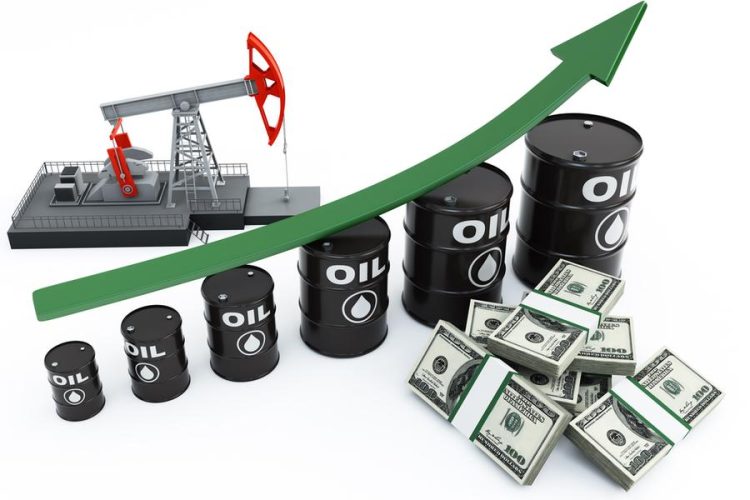Publisher: Maaal International Media Company
License: 465734
Oil prices gain after a week of sales due to supply and demand concerns
The price of global benchmark Brent crude remained below $80 a barrel today, Friday, a day after it fell five percent to the lowest level in four months due to growing fears of rising supplies from outside the Organization of the Petroleum Exporting Countries (OPEC) and slowing demand.
According to Reuters, Brent crude futures rose $1.34, equivalent to about 1.7%, to $78.76 per barrel by 1349 GMT, and US West Texas Intermediate crude rose to $74.1, an increase of $1.2, or about 1.7%. Also…
The two benchmark crude oils lost about one-sixth of their value over the past four weeks, and prices are heading towards recording a fourth week of losses.
اقرأ المزيد
“Oil prices fell slightly this year, although demand exceeded our optimistic expectations,” Goldman Sachs analysts said in a note.
They added, “OPEC’s non-essential supplies were much stronger than expected, and partially offset the OPEC cut.”
The reason for the decline in oil this week was mainly due to the sharp rise in US crude inventories and the continuation of production at record levels, and the contraction in demand in China also raised concerns.
But the sharp decline on Thursday prompted some analysts to question the extent of the selling operations, especially in light of the escalating tensions in the Middle East that may disrupt oil supplies and the United States’ pledge to impose sanctions on Iran, which supports the Palestinian Islamic Resistance Movement (Hamas). .
Also contributing to the negative sentiment on Thursday was an increase in the number of Americans filing new applications for unemployment benefits, and a slight contraction in industrial production numbers.
With the price of Brent falling below $80 per barrel, a large number of analysts now expect that OPEC+, especially Saudi Arabia and Russia, will extend its voluntary reduction until 2024.
“It has become clear that the oil balance for the remainder of the year is not as strong as initially expected,” analysts from ING said in a note.
They added, “Under the current circumstances, it is still expected that the market will return to surplus in the first quarter of 2024.”








